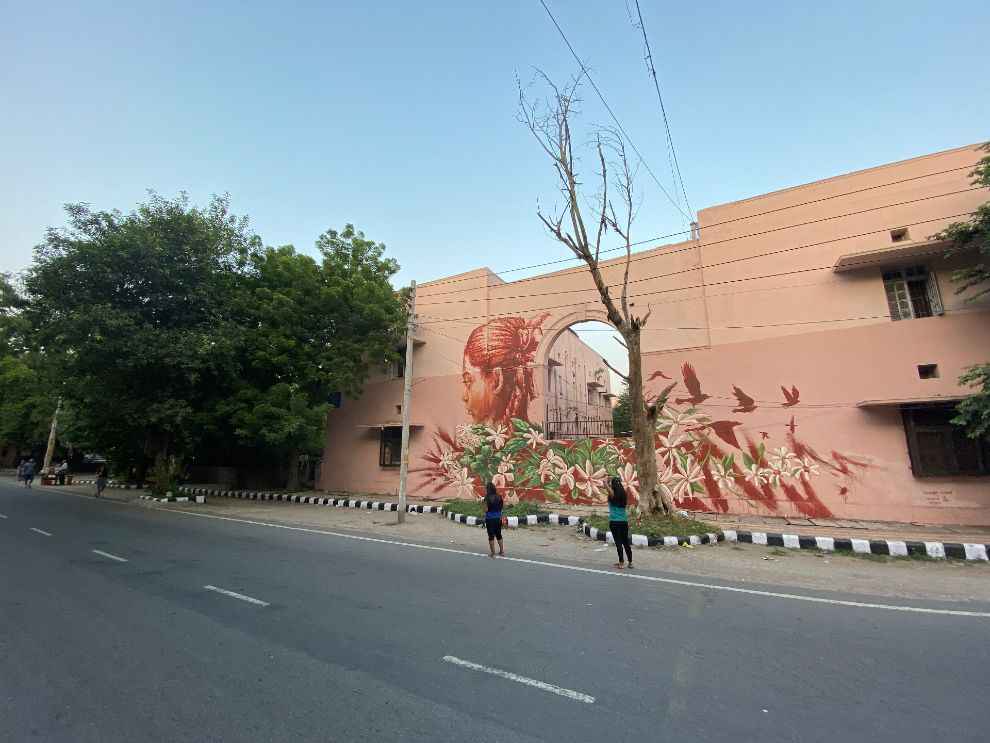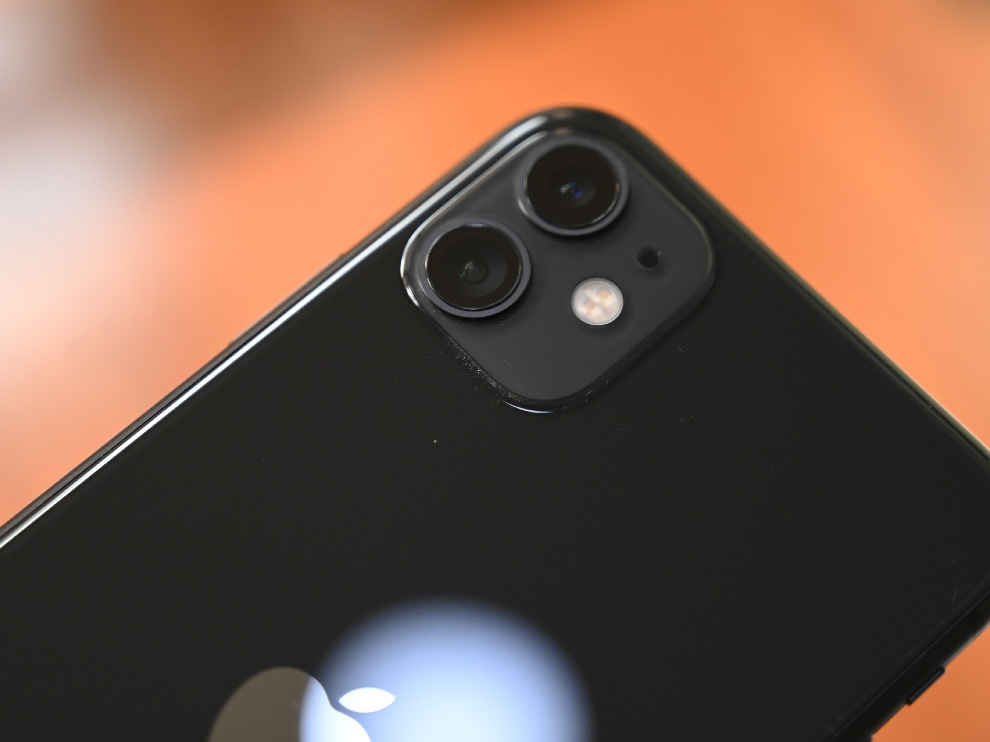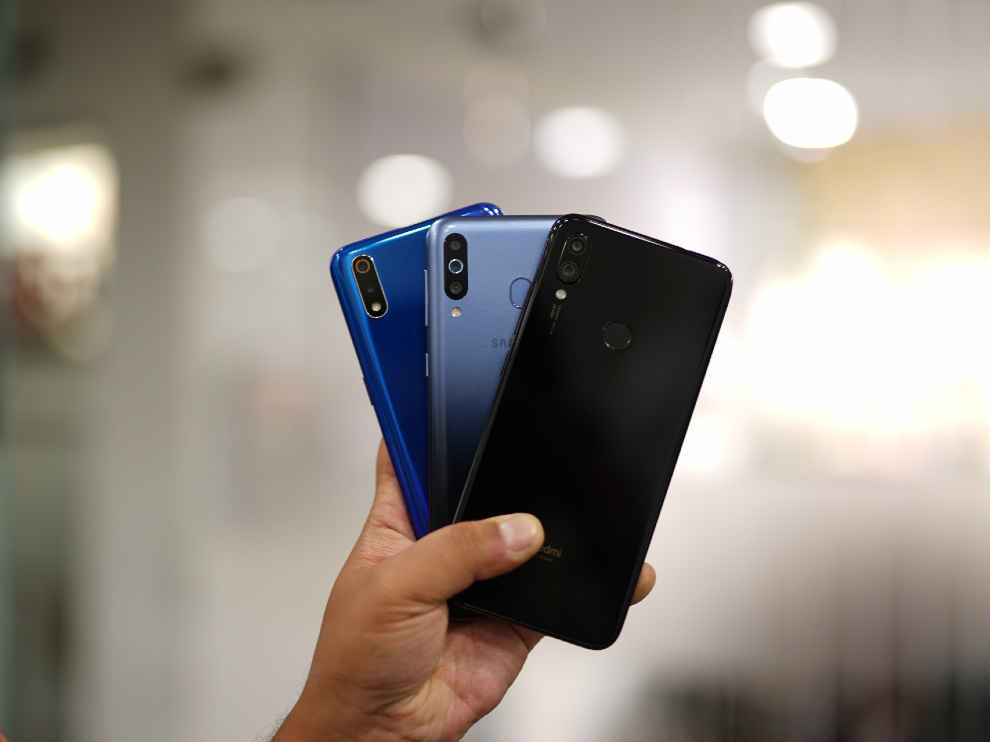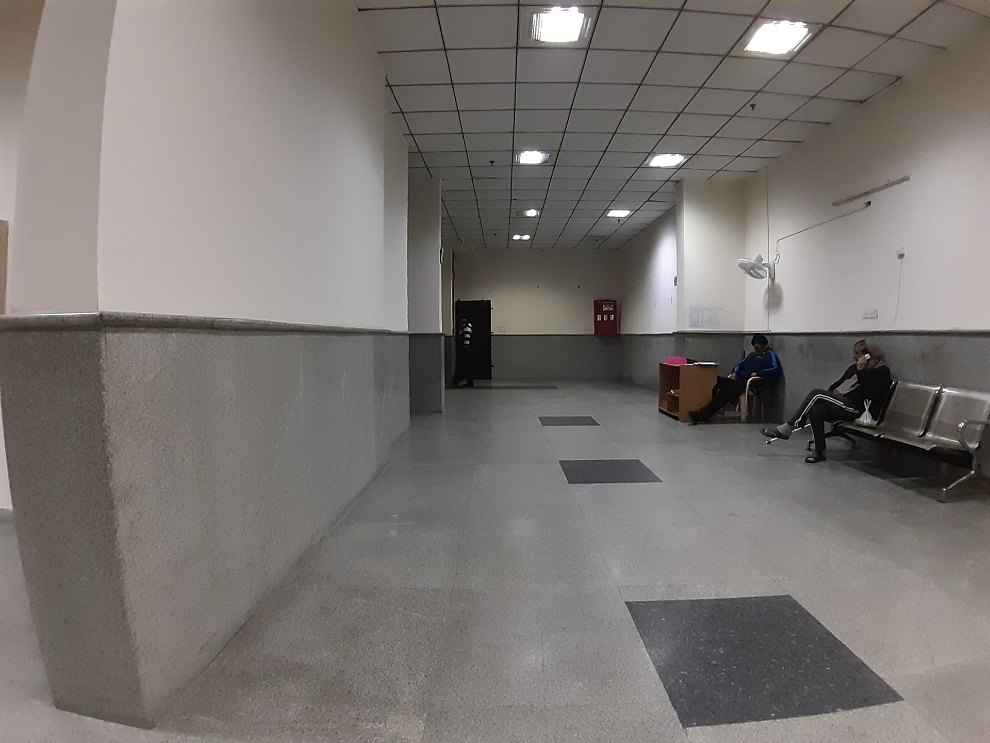Why wide-angle cameras are a rage these days and how to pick one
Wondering why most OEMs have started to bundle ultrawide cameras in smartphones?
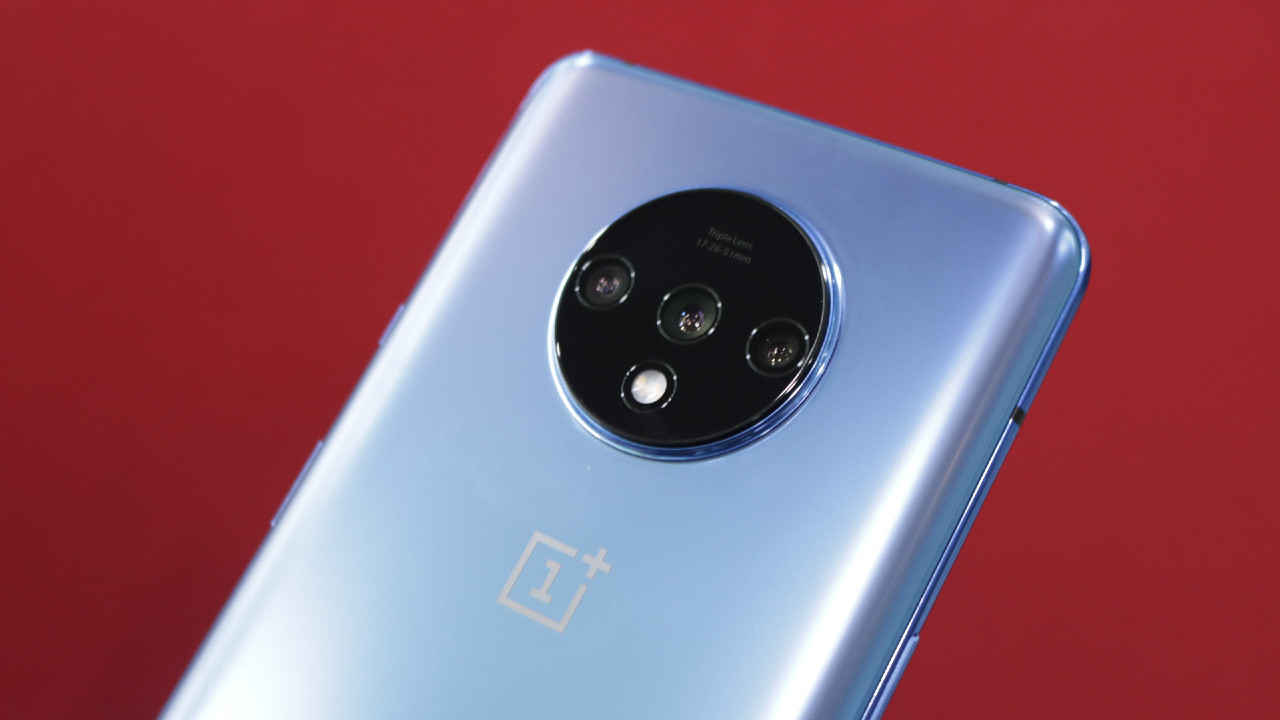
Has it ever happened to you that you wanted to take a photo of a tall building but couldn’t fit it in the frame? That’s basically because the primary camera on your smartphone has a smaller field of view and can only capture a small part of what you’re seeing. Enter the ultra-wide camera that started gathering traction in 2019, that aims to solve the problem and offer a new perspective to your photos.
 Survey
SurveyUltra-wide cameras have become a staple part of the multi-camera setups we see on smartphones today. Right from the premium flagships smartphones to the ultra-affordable ones, wide-angle cameras are everywhere. The biggest advantage of using an ultra-wide-angle camera is the ability to capture more of what you see in the frame. Most ultra-wide lenses will deliver at least a 119-degree field of view, while some offer even more. Look at these two photos for example —
Shot on the 12MP primary lens on the iPhone 11
Shot on the 12MP ultrawide lens on the iPhone 11
The first image is shot using the 12MP ultra-wide-angle lens on the iPhone 11 while the second is shot using the regular 12MP wide-angle lens on the same iPhone 11. See the difference?
What makes wide-angle lenses so popular?
The larger field of view is definitely one of the biggest reasons why ultra-wide-angle cameras have caught on, so much so, that even budget smartphones under Rs 10,000 have started sporting them. Using wider lenses opened up a new avenue for both OEMs and consumers. OEMs got to experiment with multi-camera setups, offering multiple modes and features to market their products better. For the consumers, having a wider lens meant a larger perspective, and in essence, more creative freedom.
While this photo taken from the 48MP camera from the Oppo Reno 10X zoom looks good, it would have been better if the entire building was in the frame
And that's exactly what you can do with the ultra-wide lenses from smartphones. Pack a lot more elements in the frame without having to move an inch
Want to capture the scene as well as the people standing in front of it? You can do it. Want to keep your subject the main point of focus? The ultra-wide lens will help you do it.
But not all ultra-wide lenses are the same.
How to pick the best wide-angle camera on a smartphone?
Like every lens on a smartphone, the quality of photos from the ultra-wide lens differs from one smartphone to another. For instance, a wide-angle shot from the iPhone 11 will be quite different from that of the OnePlus 7T. The reason behind the varying quality is the sensor and the type of lens used by the OEM. The megapixel and the aperture size also matters. Furthermore, you have to keep an eye on the level of distortion and if there’s any way to correct the distortions. Here are some points to keep in mind while deciding on which ultra-wide lens to get —
- Higher the megapixel, the more details you can expect from your ultra-wide photo. Usually, the megapixel count ranges from 5MP to 16MP, depending on whether it’s a budget phone or a flagship. But that shouldn’t be your only factor deciding what wide-angle lens to get.
- The aperture and the auto-focus also plays a big part. Ultra-wide lenses usually come with f/2.2 to f/2.4 aperture which is good enough for photos shot in the day. The reason why you don’t get an aperture as big as that on the primary lens is because the lens is wide enough to capture a lot of light. Having a smaller aperture means you get a sharper image.
- The downside of having a smaller aperture is that the quality goes down after sunsets. Most smartphones do come with a dedicated night mode, but a lot of them don’t allow the night mode to work in tandem with the ultra-wide lens. For instance, the excellent night mode on the iPhone 11 series is only applicable in the 12MP primary lens as well as the 12MP telephoto lens, but not the 12MP ultra-wide lens.
While most budget smartphones do sport an ultra-wide lens, consistency between the primary and the ultrawide lens is a major concern.
So while you do get a wider field of view, it's important to fiddle around with the settings to get the best results
- Most ultra-wide lenses also have a fixed focus. Most Samsung Galaxy smartphones will have ultra-wide lenses with fixed focus with the focus set at infinity, while phones like the Huawei P30 Pro and the OnePlus 7T which use the ultra-wide lens to also capture macro photos, come with variable auto-focus, letting you focus on the subject of your choice. So, unless you plan on using the wide-angle lens for close-ups, you don’t really need AF since most ultra-wide landscape photos will be shot with focus set at infinity.
Shooting an object that's close to the lens with the ultra-wide camera can cause straight lines to distort like this
- Finally, you have to keep a lookout for distortion. Because of the wider field of view, capturing something close to you will result in straight lines getting bent and the photo, taking on an overall circular look. Wide-angle cameras on most budget smartphones will give you a lot of barrel distortion. However, new smartphones also come with algorithms to correct the distortion. Although, that comes at the cost of a cropped frame.
- OEMs have also started using the ultra-wide-angle camera to capture steady videos without having to explicitly rely on OIS or EIS. Shooting from a wider lens gives the camera software a bigger canvas to crop. To remove shakes and improve stability, the software crops out the edges to present you with a super steady video.

